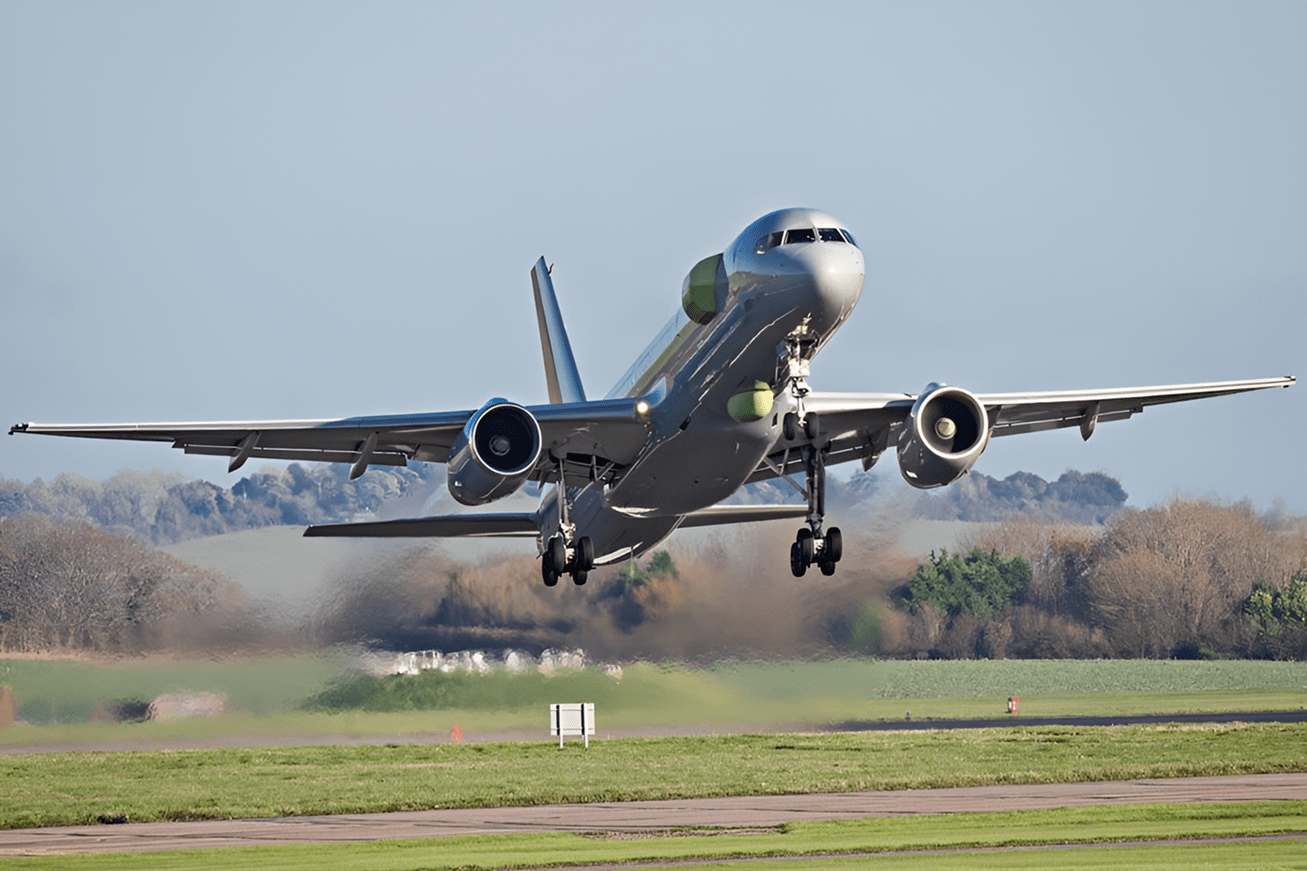
Excalibur avionics testbed paves way for future UK fighter jet
Leonardo, 2Excel, and the UK Ministry of Defense have announced the successful completion of the first phase of modification and flight testing for the Flight Test Aircraft (FTA) ‘Excalibur.’
The milestone marks a significant step forward in the UK’s Future Combat Air System (FCAS) program, which aims to revolutionize combat air technology.
Excalibur, a converted Boeing 757, has been transformed into a flying laboratory for advanced military technologies. The first phase of modification included equipping the aircraft with new side and belly pods to host Integrated Sensors, Non-Kinetic Effects (ISANKE), and Integrated Communications Systems (ICS). These systems, developed by Leonardo UK and its international partners, are central to the Global Combat Air Programme (GCAP).
The aircraft’s recent flight tests focused on assessing stability with the new pods installed, which have altered its external profile. Following these tests, Excalibur will undergo further engineering work at Qinetiq’s Boscombe Down facility in Wiltshire, including the addition of a fighter jet-style nose cone to house advanced radar-based sensor demonstrators.
The Excalibur program is set to progress to the installation of ISANKE and ICS technology demonstrators. These systems will be tested and refined in-flight, enabling scientists and engineers to accelerate development and mitigate risks associated with the domain’s ambitious timelines. This effort supports the broader objectives of GCAP, which encompasses the development of a core fighter and complementary systems such as uncrewed aircraft, information systems, and advanced weaponry.
“The successful completion of this phase demonstrates the strong partnership between Leonardo, 2Excel, and the Ministry of Defence, showcasing the pace and agility that collaboration can achieve,” the companies said in a joint statement.
Excalibur’s advancements underline the UK’s commitment to staying at the forefront of combat air innovation. With additional modifications and flight tests planned, the program will play a pivotal role in shaping the next generation of air combat capabilities.

